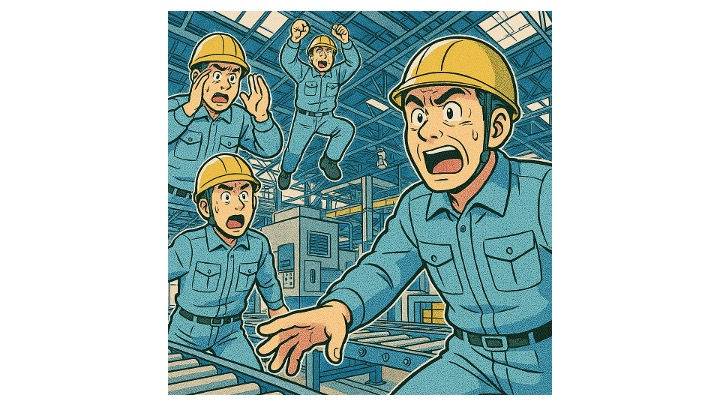Limited and Variable Volume Operations
- hidet77
- Apr 30
- 3 min read

How much of the Toyota Production System’s challenge to the economy of scale is accepted by the public?
A few months ago, a manager insisted that demand was increasing. He pushed for projects to invest more in the plants. Now, a few months later, the economy has changed. The same manager is trying to reduce costs, while substantial new investments in fixed assets sit idle at the plant. The words or sounds from his mouth have lost meaning to the people. “The cost we are struggling with is that decision you made.”
One of the key challenges of the Toyota Production System is not relying on volume to make profits.
Instead of “Mass,” they use two symbols to represent the conditions we need to be ready for.
The first is Gen 【限】, which means to limit. The market should restrict the volume we can produce. We can’t manipulate the numbers to make the investment appear reasonable. Any calculations for cost reduction through volume increases should be verified based on the market.
The other is Hen 【変】, which means change. The demand volume constantly fluctuates. We can’t expect it to remain stable at peak volume. Many decisions are made based on peak volume. This can be a death trap. What is essential to keep in mind is that the volume can change both up and down, and we need to be ready for either situation.
Whenever I discuss this topic, a cynic asks, “So can Toyota be profitable even if the volume is zero?” Is there value in discussing such an extreme case? If the volume drops to zero, they would undoubtedly suffer. It’s a joke, but historically, in the 1970s, Toyota maintained such low debt that it claimed it could survive on interest from investments and zero volume for two to three years. (They called it “Bank of Toyota.”) Of course, they have changed their financial structure, which is not the case today. However, it is part of their mindset that a drop in volume could occur, and they must be ready for it. After each crisis, they remind themselves of this matter.
The economy of scale is real. If we can sell more of the exact same design product, the cost of design will be distributed across the volume, thus reducing the cost per unit. Nothing is wrong with this logic. The largest automobile manufacturer, claiming that volume doesn’t matter, isn’t making any sense. They understand the value of volume more than anyone. However, they know that volume can’t be pushed and will constantly change. Therefore, structuring the cost around high volume is risky. They don’t ignore the impact of mass volume; they just don’t over-rely on it.
This underscores the significance of the fundamental topic of the break-even point. Despite its importance, it may seem off-topic during periods of growth. “Do whatever it takes to grow” appears to be the mindset. Yet, how to grow significantly changes the break-even point. Most fixed-cost monuments on the shop floor were poor decisions made during growth. There is nothing wrong with the technology itself. It is simply overcapacity, and it is becoming a considerable cost.
This doesn’t mean that we should rely on accounting techniques like outsourcing or contract workers. Such techniques achieve growth without fixed costs but present other issues. One is the loss of control over costs in the long term. In some cases, costs are affected, and they also lose control over quality, lead time, and technology. Sometimes, the supplier becomes a competitor.
All this comes back to the importance of Kaizen. Are we maximizing the capacity and capabilities of our current assets? If we eliminate Muda, our assets will perform better. We don’t need to rely on volume to justify the investment in Kaizen. Because of its importance, Kaizen opportunities should be our first focus in Genba, rather than a PowerPoint presentation filled with fancy upward graphs.



Comments